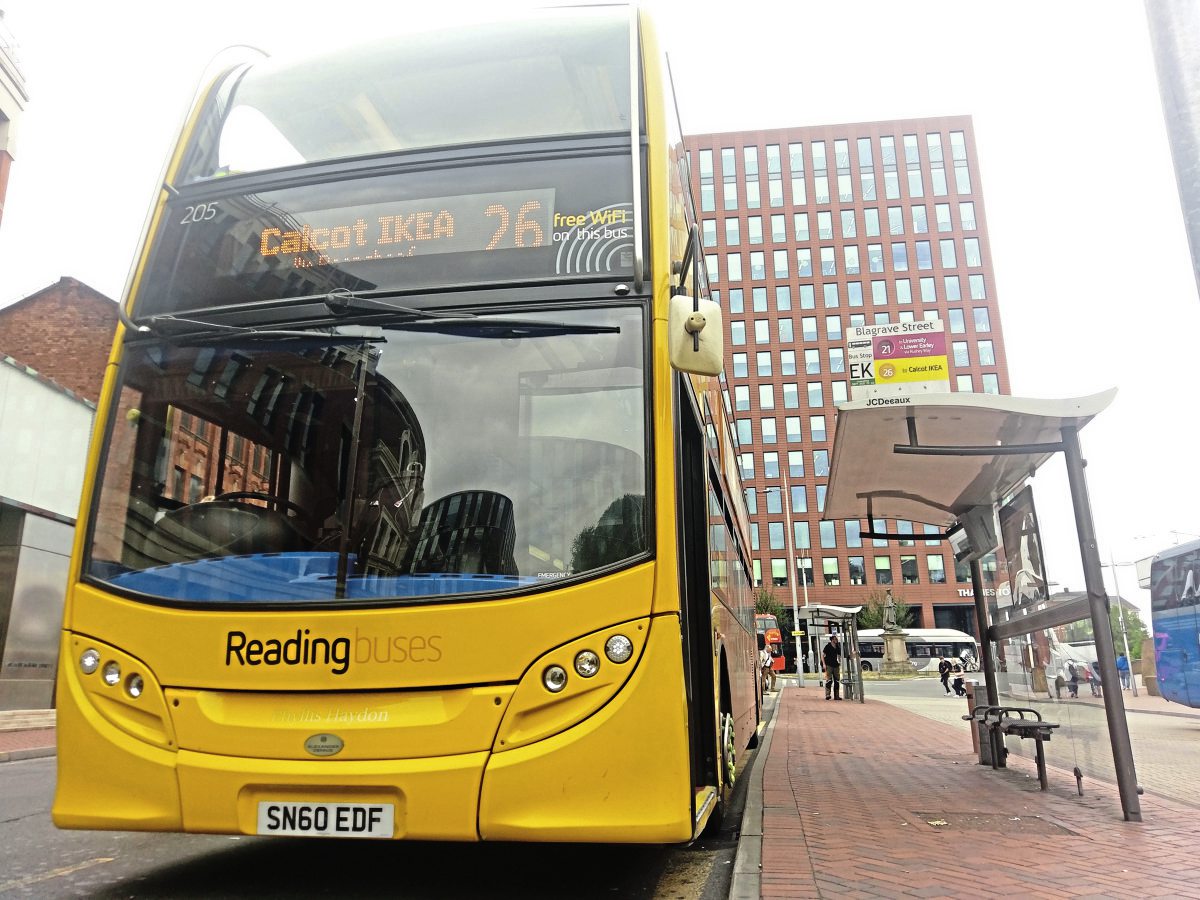devonjim
master brummie
I thought we were wandering off thread just a little!You have asked an interesting question, is there anyone out there who can say why trolley buses do not figure in any modern transport plans, yet are commonplace around the world. San Francisco & Wellington, NZ
Bob
As it was rather wet this morning had a look around google on the viability of "metro trams v trolley buses. It seems that unless you are sending the trams along existing rail tracks then a modern trolley bus wins hands down. They can run 3-5 miles off track using modern batteries charged while on their regular route thus giving a degree of flexibility if a diversion is needed. Article I was reading suggested Zurich has such a system. Makes you wonder why Birmingham has spent the last, is it 5 years laying tracks from Snow Hill to Centennial Square!
Electric buses even with the best design batteries do not have the necessary range, if weather is cold then power is wasted warming the passengers and when hot cooling them. I didn't find any mention of buses that use a self charging system but I suppose this could offer an alternative.




